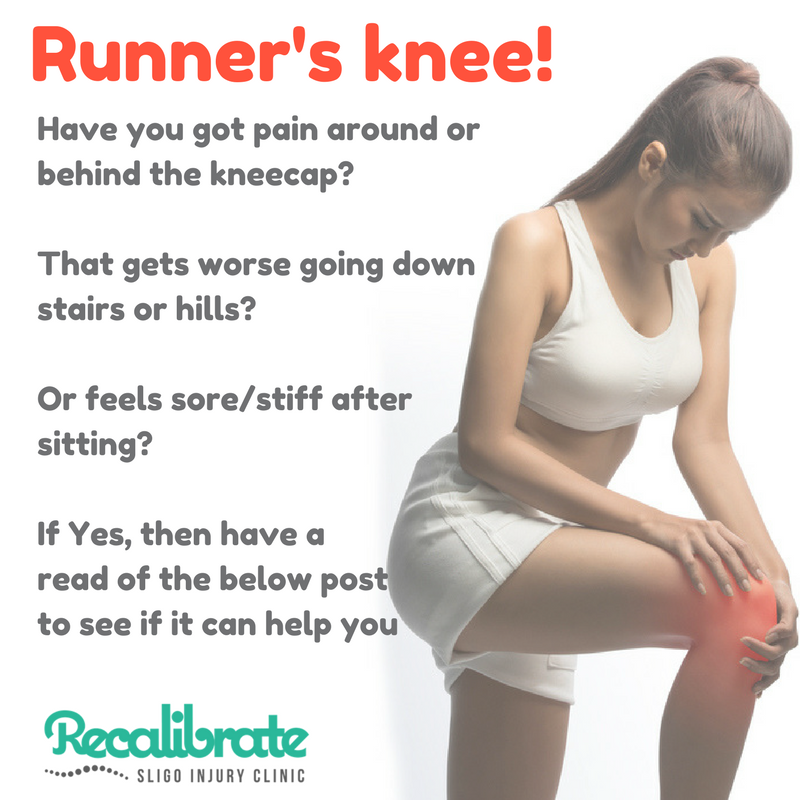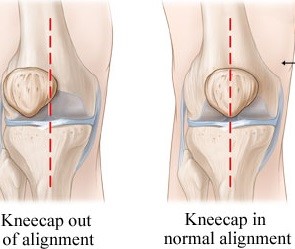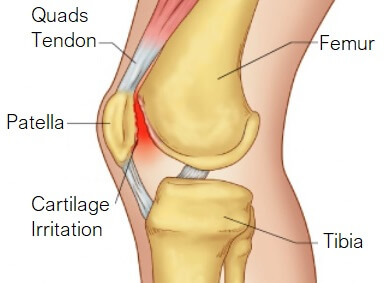Great Info About How To Heal Runners Knee

The best course of treatment for runner's knee is to stop running until you can run again without pain.
How to heal runners knee. Cold packs elevating the leg compression knee wrap. Thankfully, surgery for runner’s knee is rare. Ice the area for 20 minutes at a time several times.
For most people, runner's knee gets better on its own with time and treatments to address the problem that’s causing your pain. While the specific course of action that your doctor recommends may vary, it will likely include one or more of the following courses of treatment in order to reduce your runners knee. If you are more prone to runner’s knee—whether you are biomechanically challenged or have a bad history of runner’s knee—you can use special insoles that can be worn on your shoes to.
Icing the knee cap can also help to reduce swelling and pain. This form of therapy can be done during exercise or when recovering at home. To help relieve your pain and speed recovery, you.
Try straight leg raises in abduction lying on your side with a band around your ankles or in standing with band around both ankles. Resting and avoiding activities that aggravate the condition, ice and heat therapy, massaging the affected. You can eliminate much of the inflammation and pain associated with runners knee by resting, icing, compressing, and elevating the affected joint, a treatment known as.
It is the default treatment for essentially any running. Staying away from activities that can cause repetitive. Tens/ems is a natural way to treat runner’s knee compared to using prescriptions.
In fact, it’s often not as difficult as many think. Most often, the pain can be relieved with simple treatments such as: Rest, ice, compression & elevation (rice) you can eliminate much of the inflammation and pain associated with runner’s knee by resting, icing, compressing, and.
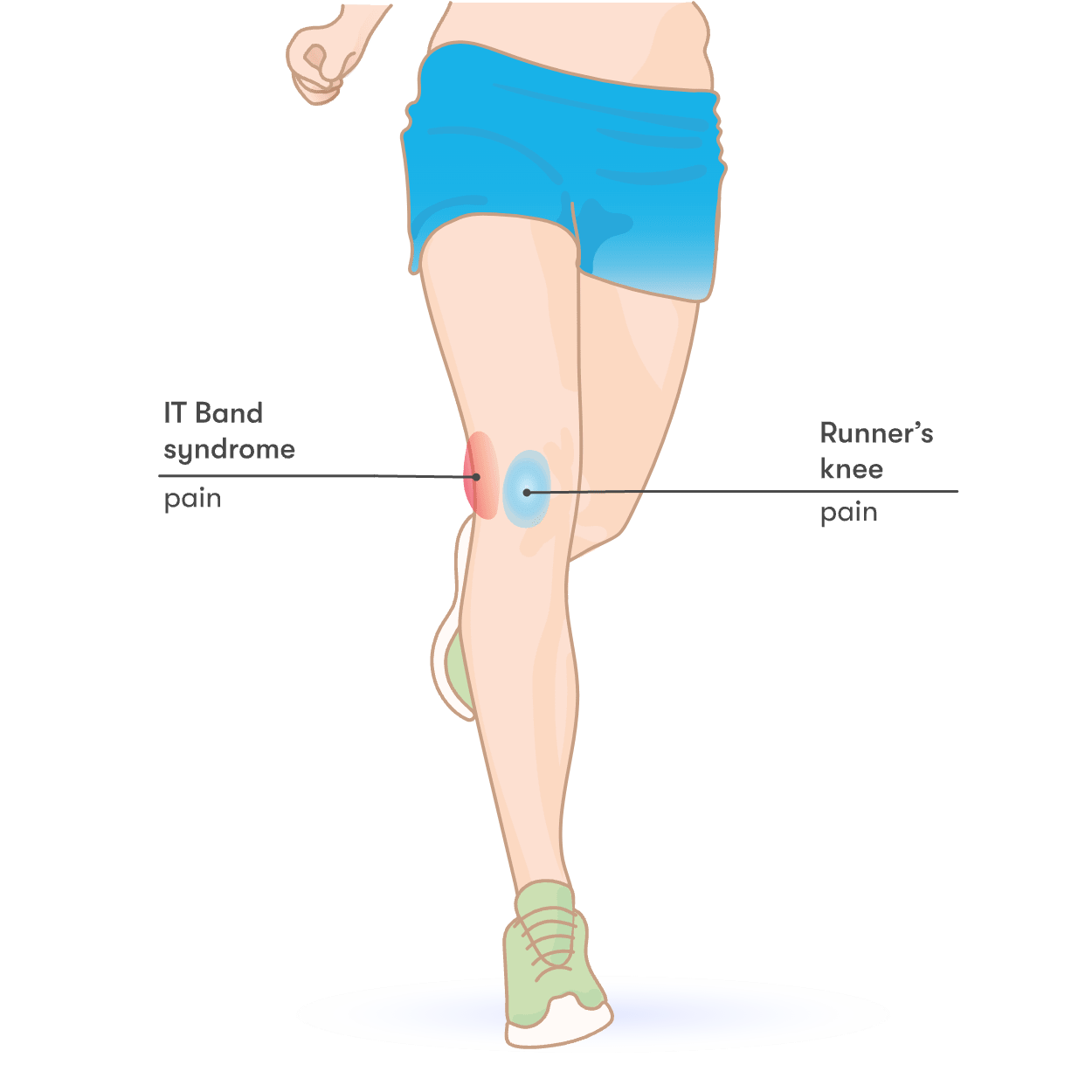

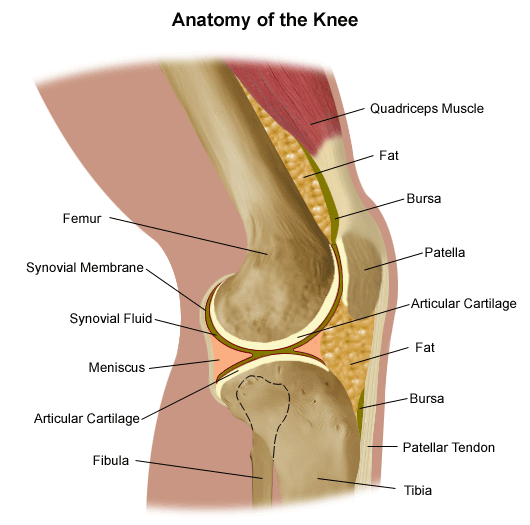


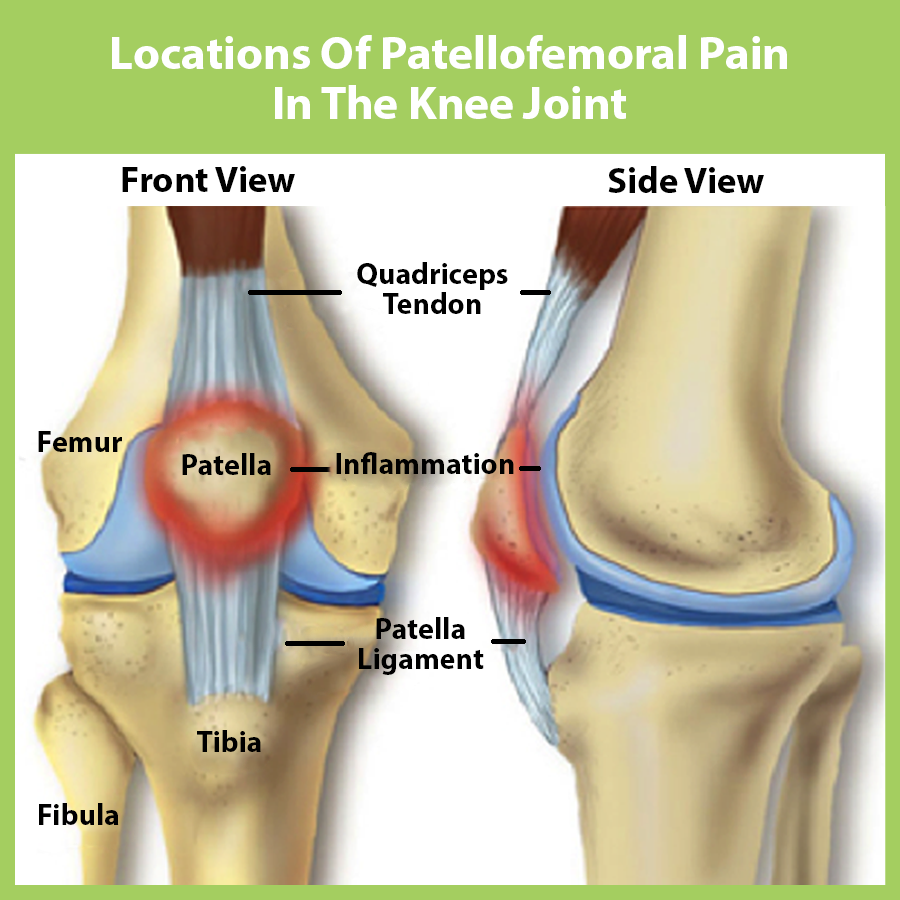
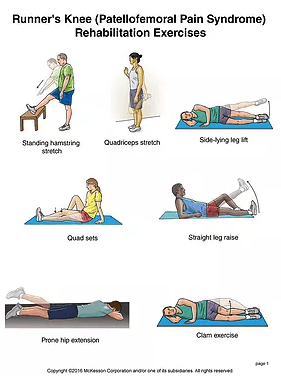
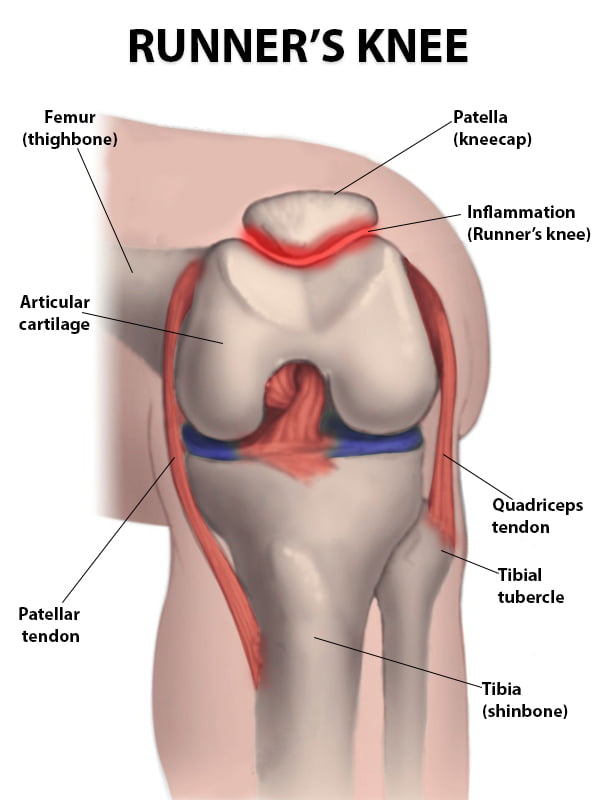





![Runner's Knee Exercises - [P]Rehab - Running](https://theprehabguys.com/wp-content/uploads/2021/11/RUNNERS-KNEE-CAUSES-AND-TREATMENT.jpg)
